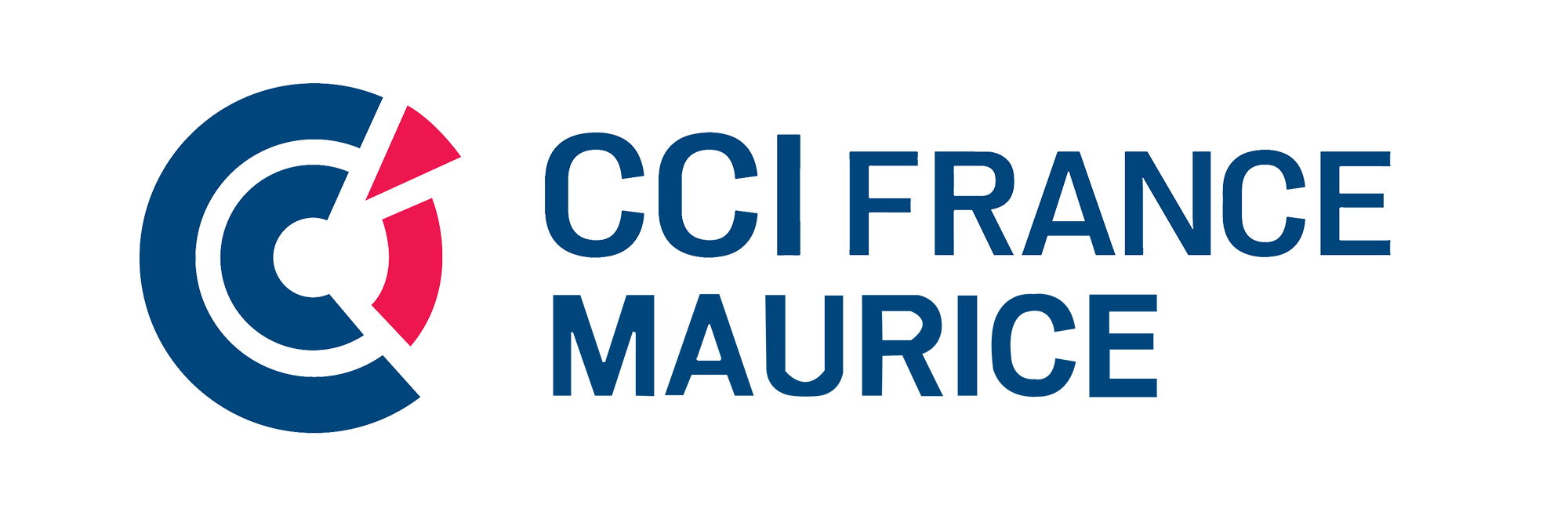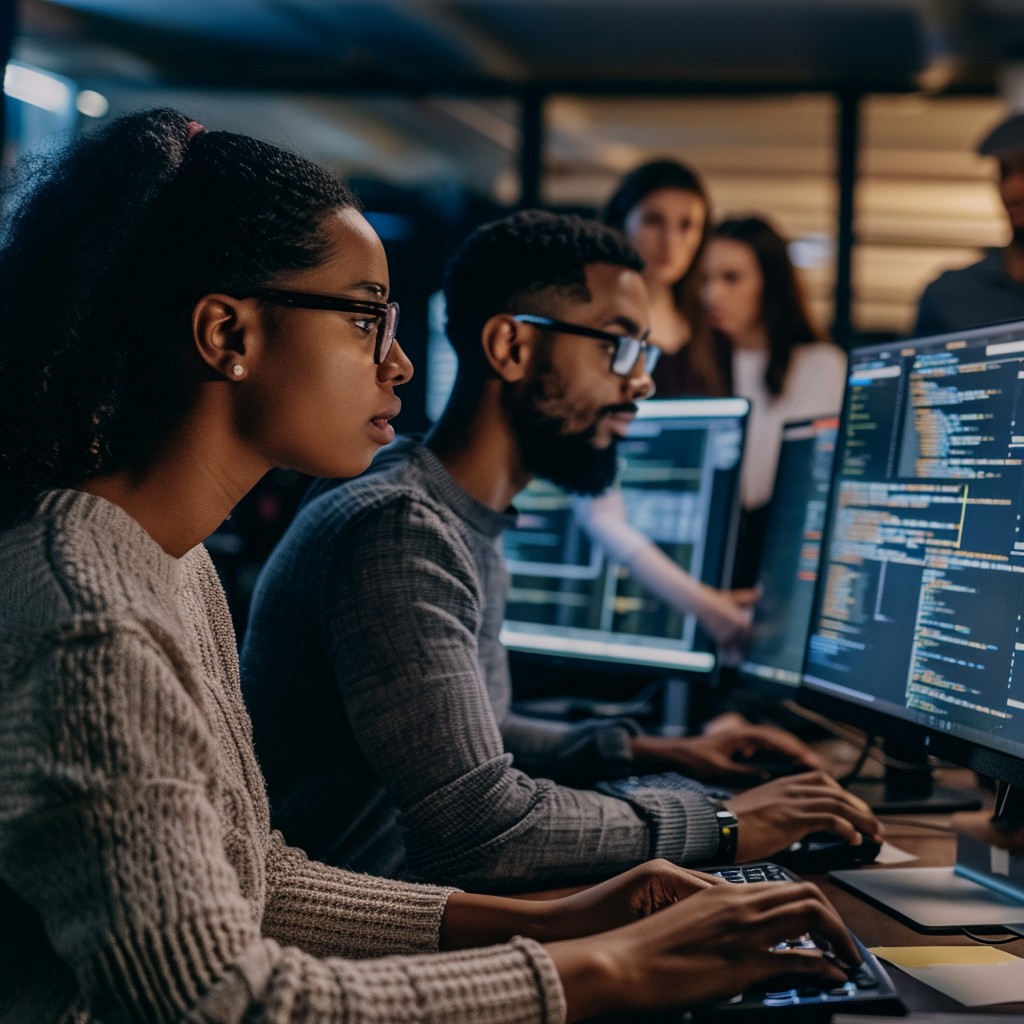This article draws inspiration from the 2025 Human Development Report published by the United Nations Development Programme (UNDP), titled “A Matter of Choice: People and Possibilities in the Age of AI”. The report highlights the opportunities and risks associated with the rapid integration of artificial intelligence (AI) into our societies. It underscores the fundamental role of freedom of choice in human progress and explores how AI, when deployed thoughtfully and ethically, can expand individual and collective prospects in a rapidly changing world.
For more information and to access the full report, please visit the official UNDP Human Development Reports website: https://hdr.undp.org.
The 2025 Human Development Report, A Matter of Choice: People and Possibilities in the Age of AI, arrives at a pivotal moment. After decades of progress, the Human Development Index (HDI) has flattened since 2020, with crises like COVID-19 and economic shocks stalling gains in health, education and income. Meanwhile, artificial intelligence (AI) has accelerated into daily life at “lightning speed,” transforming industries and societies in ways that grab headlines but obscure the human implications. Rather than debating what AI will do in some distant future, the Report argues, we must focus on the choices we make today: in AI’s design, governance and deployment, in building the institutions and skills to harness it, and in ensuring it expands, rather than erodes, people’s freedoms and opportunities
1. People, Choices and AI
People at the Centre. AI’s progress is powered by human imagination and decisions; technology alone does not determine outcomes. Framing AI as an inevitable replacement for human labour “reduces people to mere task-performers,” masking the true wealth of nations: human capabilities, creativity and judgement. Instead, the Report emphasizes humanAI complementarities: using AI to augment nonroutine work, unleash new forms of creativity and free people for tasks that machines cannot perform
Global public temperature. In a survey of over 21,000 people across 21 countries (covering 63% of the world’s population), most respondents expect AI to change their jobsbut a clear majority foresee both augmentation and automation, with augmentation outpacing fears of replacement by roughly two to one. Younger people and those in lower-income settings are particularly optimistic about AI improving their work (e.g., ~60% of respondents under 35 in China, Indonesia and Peru)
Mirror of society. AI systems reflect and amplify existing social values and inequalities. Left unchecked, they can entrench biases and power imbalancesyet, with intentional design and governance, AI can also magnify the best of human efforts, from precision medicine that respects local contexts to adaptive learning platforms that tailor education to individual needs.
2. Reimagining Economic Structures
Complementarity economy. AI’s true promise lies in reshaping economic structures around human-machine teams. Beyond simply automating tasks, AI can create new rolesfor instance, “translators” who interpret AI outputs, “trainers” who refine models, and “sustainers” who keep systems updated over time. These hybrid roles expand the frontier of productive work, fostering higher-value activities that leverage distinct human strengthsjudgement, ethics, emotional intelligencealongside AI’s computational power
Industrial upgrading and value chains. For lower-HDI countries walking a “development tightrope,” AI can serve as a bridge to advanced technologies: it can accelerate industrial diversification, integrate small producers into global value chains, and unlock new markets (e.g., digital platforms for smallholder farmers or gig-economy drivers). But this requires not just access to AI tools, but also access to reliable electricity, digital connectivity and the capabilities to manage and customize AI solutions.
Productivity and innovation with intent. The Report warns against “technological solutionism” (the belief that every problem has a tech fix). True productivity gains arise only when AI is harnessed within institutions that align incentives, protect workers’ rights, and channel innovation toward public goodshealthcare, climate resilience, inclusive education.
3. Navigating Power and Politics
Governance and regulation. As AI permeates public and private sectors, governance frameworks must evolve rapidly. The Report calls for global cooperation on standards for transparency, data privacy, algorithmic accountability and ethical deploymentwhile resisting fragmentation that leaves developing countries behind.
Equity in distribution. Who gets to choose which AI applications thriveand who benefitswill shape future inequality. Without deliberate policies, first-mover firms and high-skilled workers may capture the largest gains, widening income and opportunity gaps. Measures such as universal social protection floors, active labour-market programmes, and progressive digital taxation can help redistribute gains and invest in those most at risk of displacement.
Democratic participation. Citizens must have a voice in setting AI prioritiesthrough public consultations, digital literacy campaigns and support for civil-society organizations that represent marginalized communities. This democratization of AI governance helps ensure that technology serves broad social aims, not just corporate or geopolitical interests.
4. Investing in Capabilities
Education and lifelong learning. Traditional schooling is no longer enough. The Report urges a shift toward lifelong learning ecosystems that combine formal education, on-the-job training and digital micro-credentials. Governments and employers should co-invest in reskilling initiatives, with special support for women and underrepresented groups who face deeper digital divides.
Digital infrastructure and connectivity. Affordable, reliable internet and electricity remain prerequisites for unlocking AI’s benefits. The Report highlights the need for public and private partnerships to expand broadband access in rural and remote areas, and for universal service funds to subsidize infrastructure where markets fail.
Data governance and platforms. AI depends on high-quality data. Developing countries often lack comprehensive, interoperable data systems in health, agriculture and education. Investments in secure data-sharing platforms, combined with robust privacy protections, can spur local innovation and ensure that AI models reflect diverse contexts.
Institutional capacity. Beyond technical skills, AI adoption demands strong institutions: regulators who understand algorithmic risks, statisticians capable of monitoring AI’s socio-economic impacts, and interdisciplinary research centres that bridge technology and human development.
Our Take: Why “Choice” Matters for Breedj
At Breedj, we believe the HDR’s central insightthat technology’s promise hinges on human choicesresonates deeply with our mission. Here’s why:
People First
Like the Report, we see our role as empowering individuals to co-create with AI rather than be sidelined by it. Our platform features intuitive, low-code interfaces so domain experts (not just programmers) can build AI-enhanced workflows.Community-Driven Governance
Breedj’s governance model invites users and partner organizations into a joint decision-making forum, shaping our product roadmap, data-sharing policies and ethical guardrails. This mirrors the Report’s call for participatory AI lifecycles.Democratizing Access
To prevent infrastructure bottlenecks from becoming new divides, Breedj offers an offline-first mobile app and partners with local telecoms to zero-rate data costs for essential AI feature sensuring small enterprises in low-connectivity areas can benefit.Investing in Capabilities
We have launched the Breedj Remote work mastery Boot camp, offering modular, stackable micro-credentials in AI literacy, prompt engineering and responsible AI governance. These programs are co-developed with community colleges and NGOs, extending the HDR’s vision of lifelong learning.Focusing on Health and Education
Our pilots in health have equipped rural clinics with AI-supported decision tools that reduce misdiagnoses by up to 30%. In education, we partner with teachers to create AI-powered personalized learning journeys for students struggling in STEM subjects.
Our Call to Action
The 2025 HDR underscores that the future of AI is not pre-ordained: it will reflect the choicescollective and individualwe make in policy, investment and design. By centring people, building a complementarity economy, democratizing governance and investing in capabilities, societies can open new horizons for human development. In the words of the Report:
“The future is in our hands. By building a complementarity economy, driving innovation with intent and investing in capabilities that count, societies can use AI to expand people’s choices and possibilities.”













